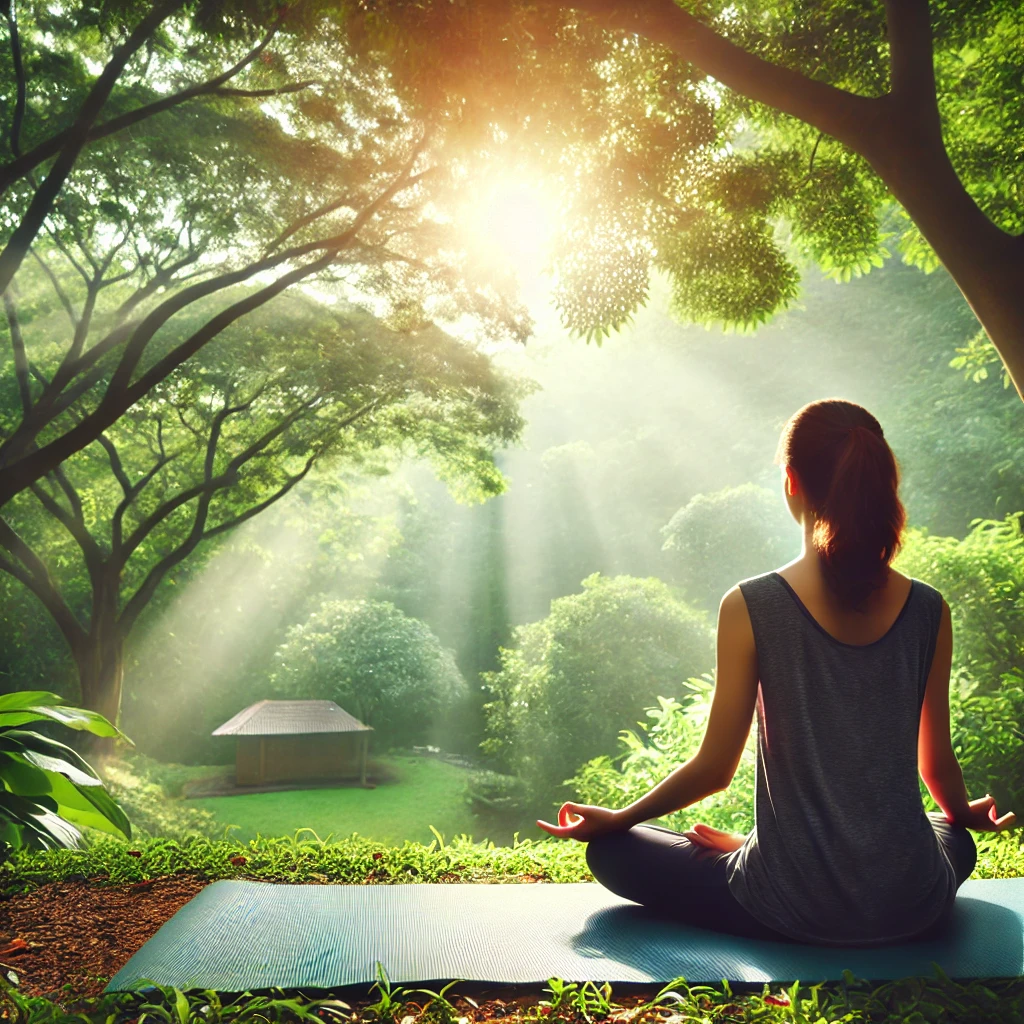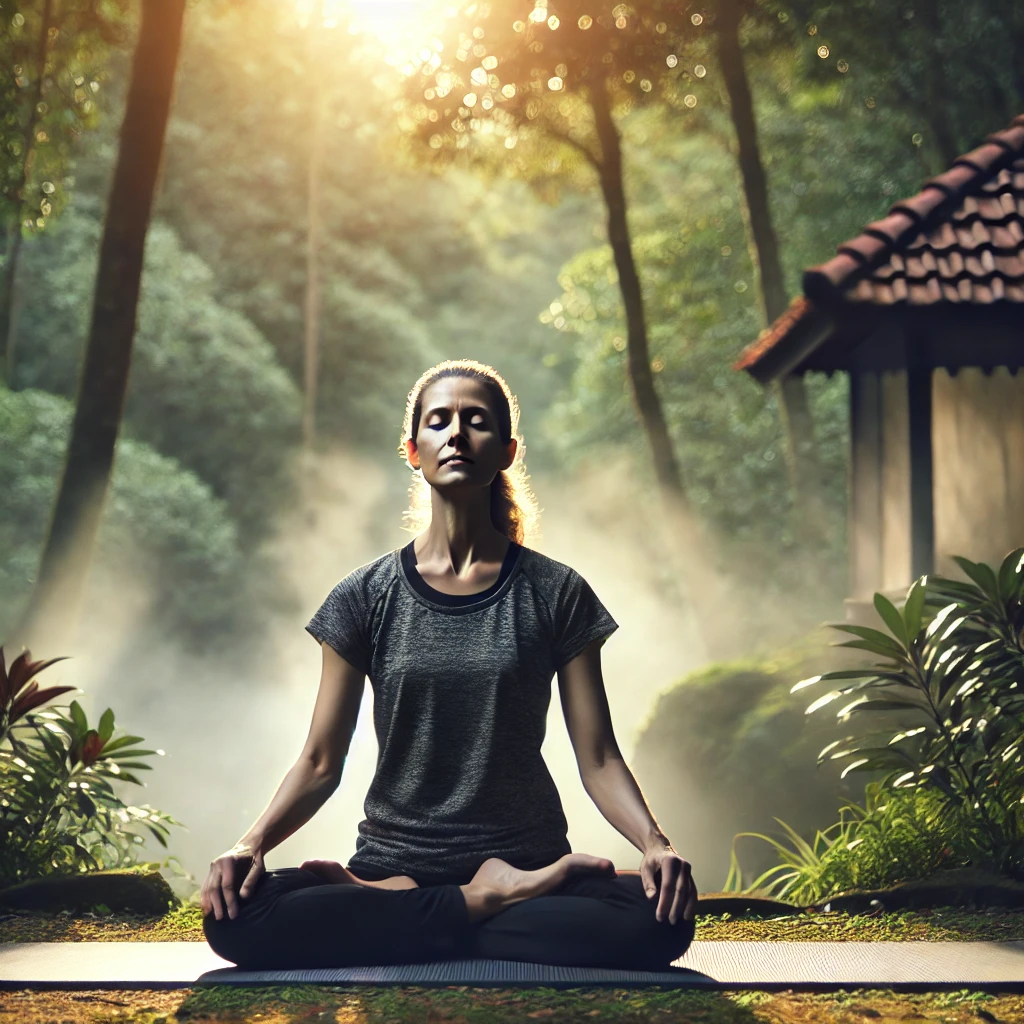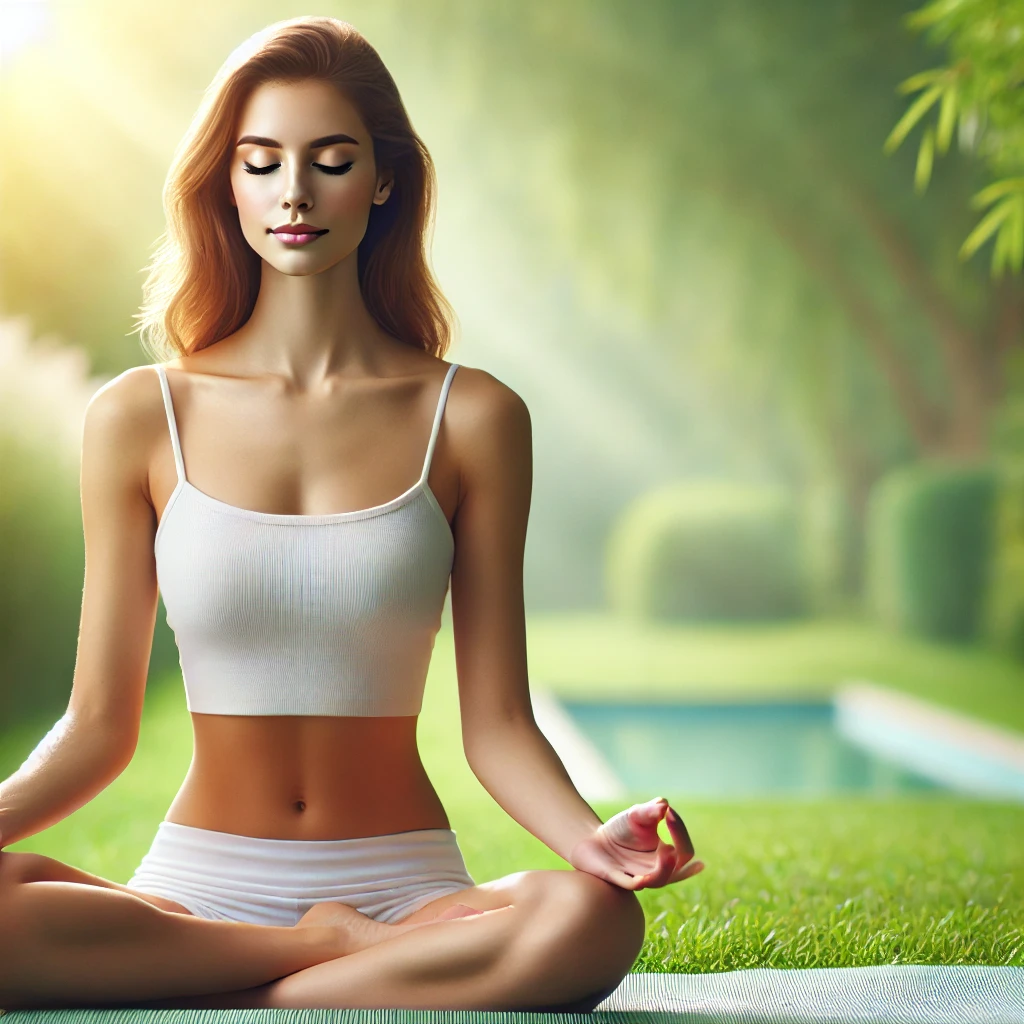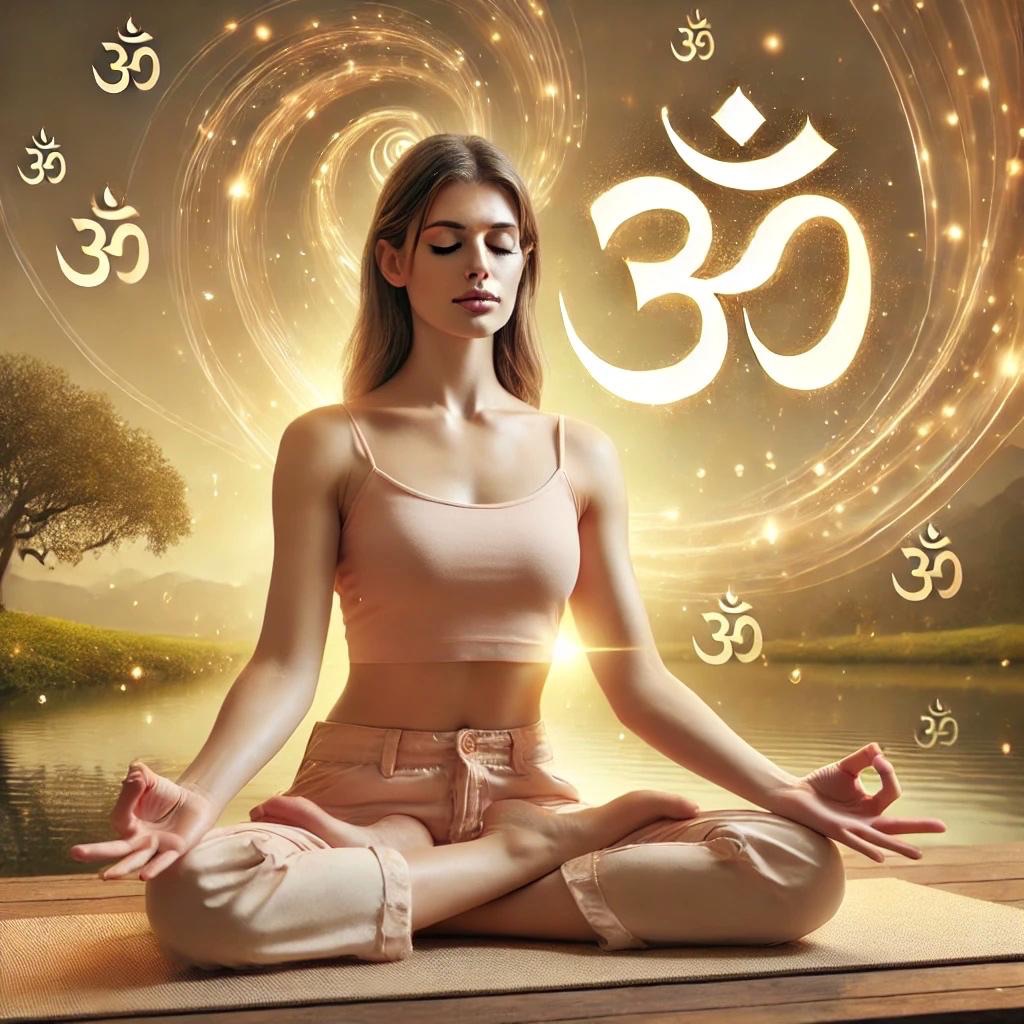
In a fast-paced world, volunteering offers a rare and powerful remedy—it softens the heart, calms the mind, and enriches life itself. At its core, volunteering is simply good karma in action. When we give our time, effort, or care without expecting anything in return, we send out positive energy that inevitably finds its way back to us.
• Volunteering heals the heart, mind, and life itself through acts of selfless service.
• It generates good karma by sending out positive energy that eventually returns to us.
• Heart healing: Fosters empathy and compassion, breaking down indifference.
• Mind healing: Reduces stress by shifting focus from personal worries to helping others.
• Life enrichment: Creates a ripple effect of positivity, making life feel more meaningful.
• Unexpected returns: Good karma often comes back as unexpected help, grace, or inner peace.
• Volunteering = Purpose: It fills life with purpose and invites more goodness into our own lives.













